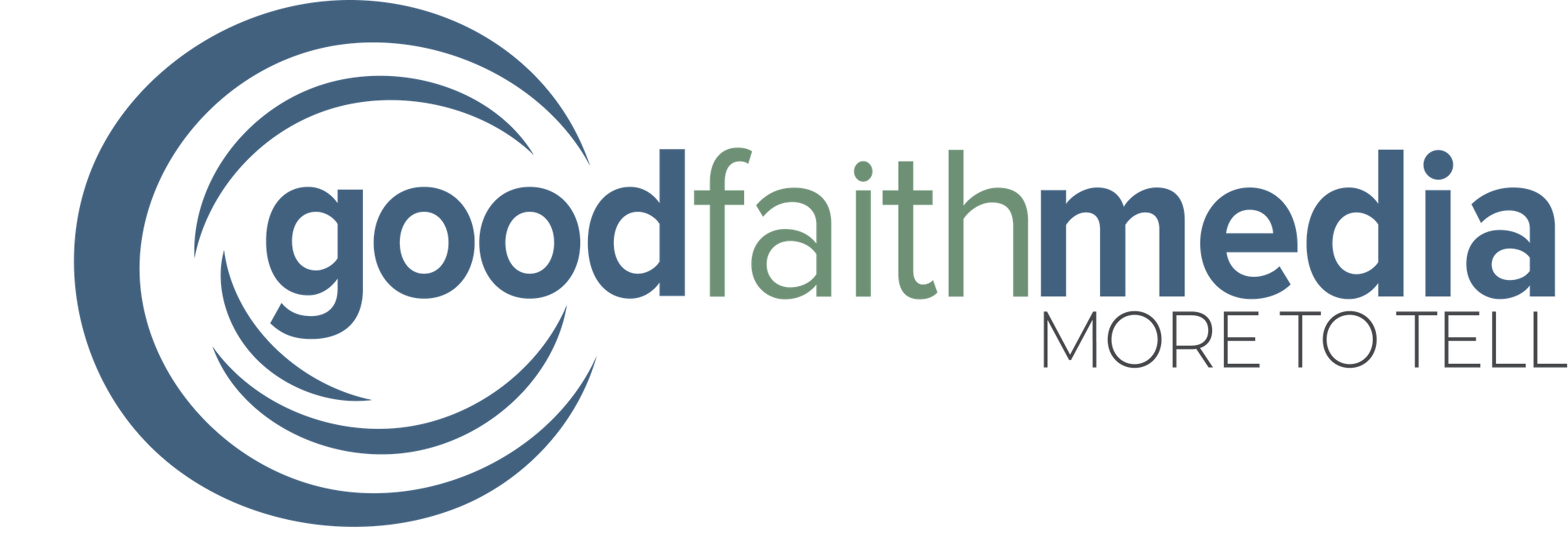I attended a recent lecture by Rabbi Reuven Firestone of Hebrew Union College in Los Angeles, who spoke on the history and features of anti-Semitism and Islamophobia.
His theme was that both have their roots in the broader human phenomenon of “scapegoating” – the ancient Hebrew liturgical atonement practice, which has become a metaphor for “putting away” personal and communal sins by “sending them into the wilderness.”
Firestone suggested that this process of selecting a rather defenseless “other” as the bearer of the sins of a community lies at the heart of historical and contemporary animosity toward Jews and Muslims.
Selecting a scapegoat as the bearer of sins seems to have been part of the worship experience that embraced the importance of repentance.
The ritual act of sending it away, loaded with the sins of the people as part of the atonement ritual, was an annual cleansing of the community.
We’ve left behind many of these ancient practices, but Firestone reminded me that this one is still with us in particularly damaging forms.
A subtle but real evolution of scapegoating has led to focusing responsibility for conditions and unwanted features of life on individuals or groups that can be profiled to reflect whatever the problem is.
We can see it enacted in many contemporary actions, which include:
â— Believing we have adequately solved a problem if we can successfully determine whose fault it is, most visibly within our political processes that seem less committed to addressing problems than to assigning responsibility for them.
â— Seeking to identify and eliminate unwanted groups whose presence is seen as a detriment to the “purity” of a society, such as the “Jewish problem” of Hitler’s Germany and the anti-gay movement in Uganda.
â— Profiling of groups on the basis of what extremists do in their name; recall the Islamophobia that was ignited in the wake of the 9/11 attacks.
â— Demonizing the “other” in response to natural catastrophes or sociopolitical problems, such as blaming the poor for poverty, immigrants for the challenges of demographic change, or disliked leaders for whatever is not functioning to one’s advantage.
Modern scapegoating shifts our operative question from “How can we respond to this?” to “Who can we blame for this?”
It seems to have evolved from its origins as a liturgical symbol of atonement to an exercise of focusing responsibility for a real or perceived problem on a convenient person or group.
Instead of an expression of confession and repentance, it has become an act of projection and denial.
The goat is sent away while the sins remain to do their infectious work. The underlying estrangement that was the heart of the problem is still there.
Anti-Semitism, Islamophobia, racism, homophobia, economic disparity/exploitation and demonizing the “other” all are still there.
As of old, the priests of the modern ideological community still select the goat on which the sins of society can be laid; they pile them on, with the help of an all-saturating media.
As the ceremony is carried out to drive the sin-laden scapegoat out into the wilderness of rejection, the people say, “Amen!”
What causes this evolution from an acknowledgement and confession of sin to a projection and a denial of it?
Could it be the same tendency that produced the golden calf – reducing Yahweh to something that could be seen and managed by elevating the “gold” that we value, whether material or ideas, to the status of divinity and something to be served and protected at all cost?
Crossbreeding a scapegoat with a golden calf produces a strange offspring that is a far cry from a symbol for a covenant community where all work together for the common good.
 Colin Harris is professor emeritus of religious studies at Mercer University and a member of Smoke Rise Baptist Church in Stone Mountain, Ga.
Colin Harris is professor emeritus of religious studies at Mercer University and a member of Smoke Rise Baptist Church in Stone Mountain, Ga.
Professor emeritus of religious studies at Mercer University, a member of Smoke Rise Baptist Church in Stone Mountain, Georgia, and the author of Keys for Everyday Theologians (Nurturing Faith Books, 2022).

